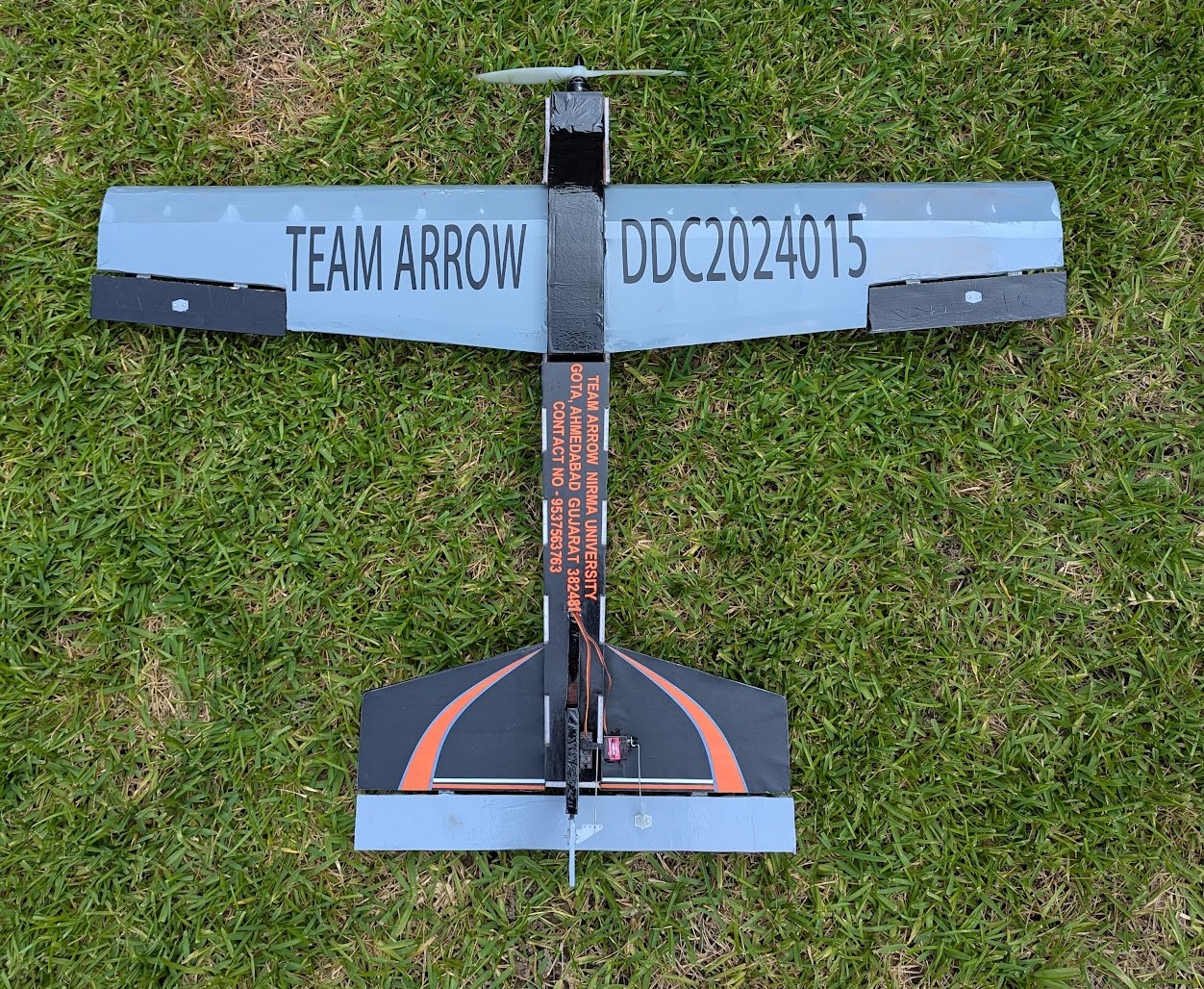
For DDC-Micro 2024, Team Arrow aimed to develop a high payload fraction UAV, prioritizing lightweight design
without compromising structural integrity. The team's primary objective was to minimize the empty weight of
the UAV, enabling it to carry a larger payload fraction.
A. Wing and Fuselage Design
The team opted for a trailing edge tapered wing form with a wingspan of just 1 meter. This simple yet
effective design allowed for a lightweight wing structure.
The trailing edge tapering reduced the need for excessive balsa sheeting, making the final monokote finish
smooth and aerodynamically efficient.
The fuselage was strategically designed with a three-walled structure, constructed from:
- Aeroply – providing durability and stability.
- Flite board – a soft yet strong material offering excellent tensile strength relative to its weight.
This combination absorbed the impact of landing while withstanding the aerodynamic forces during flight, ensuring both strength and reliability.

To maximize efficiency, the team adopted a continual improvement strategy, refining the UAV with every
flight. This iterative process allowed for progressive weight reduction and enhanced performance.
The team conducted over 100 flight tests with an impressive success rate of nearly 85%.
After each flight, the UAV underwent detailed analysis to:
Identify weight reduction opportunities.
Detect signs of material fatigue or structural weakness.
This rigorous optimization process reduced the empty weight of the UAV from 1000 grams to less than 700
grams, resulting in a remarkable payload fraction of 0.72.
Compared to the previous year, the team significantly simplified the UAV design, particularly the fuselage,
making it:
- Easier to manufacture, reducing the production time.
- Faster to repair, enabling more frequent test flights and minimizing downtime.
- The streamlined design allowed the team to nearly double the number of flight tests conducted, enhancing
their ability to fine-tune performance through real-world testing.
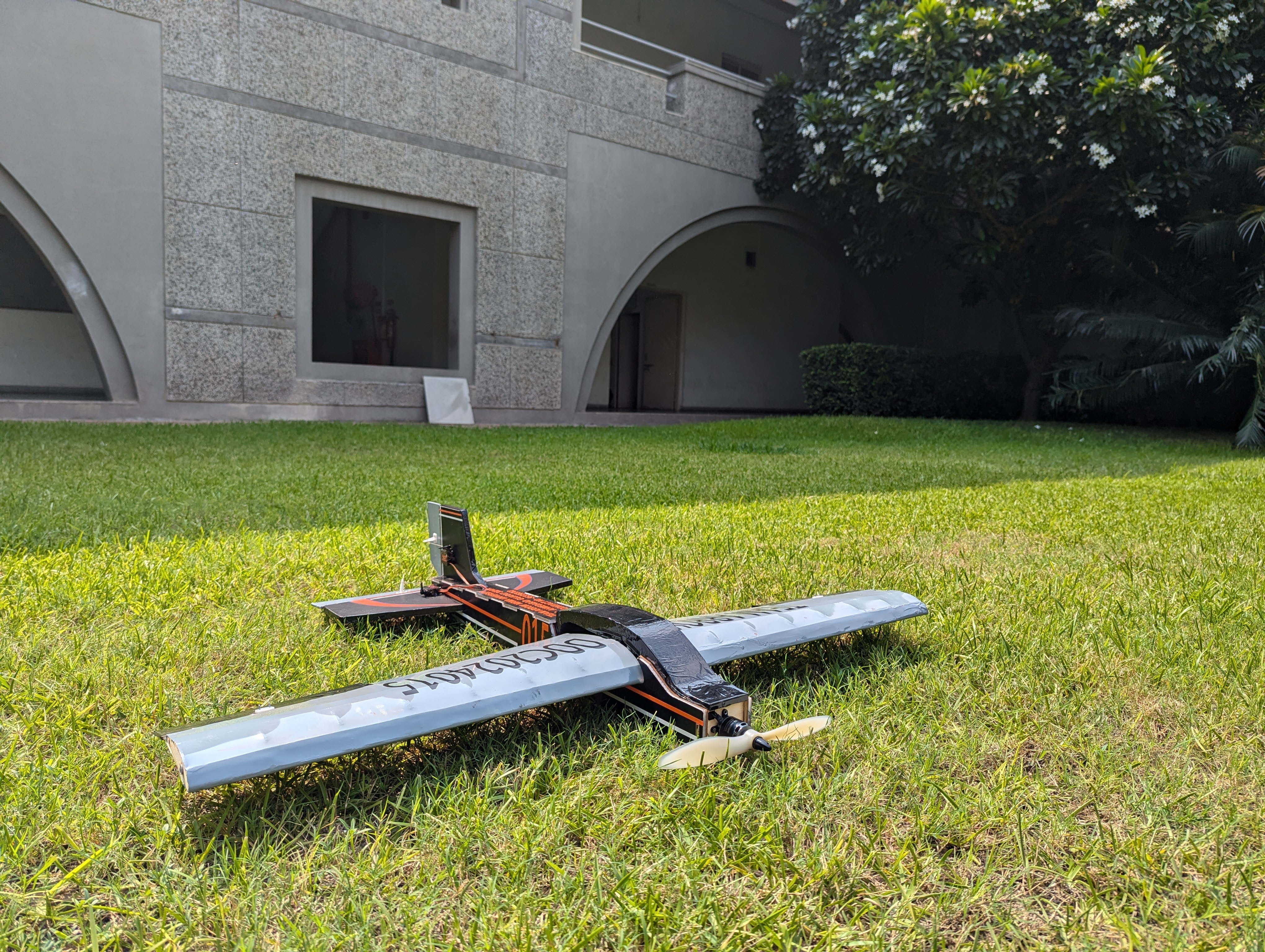
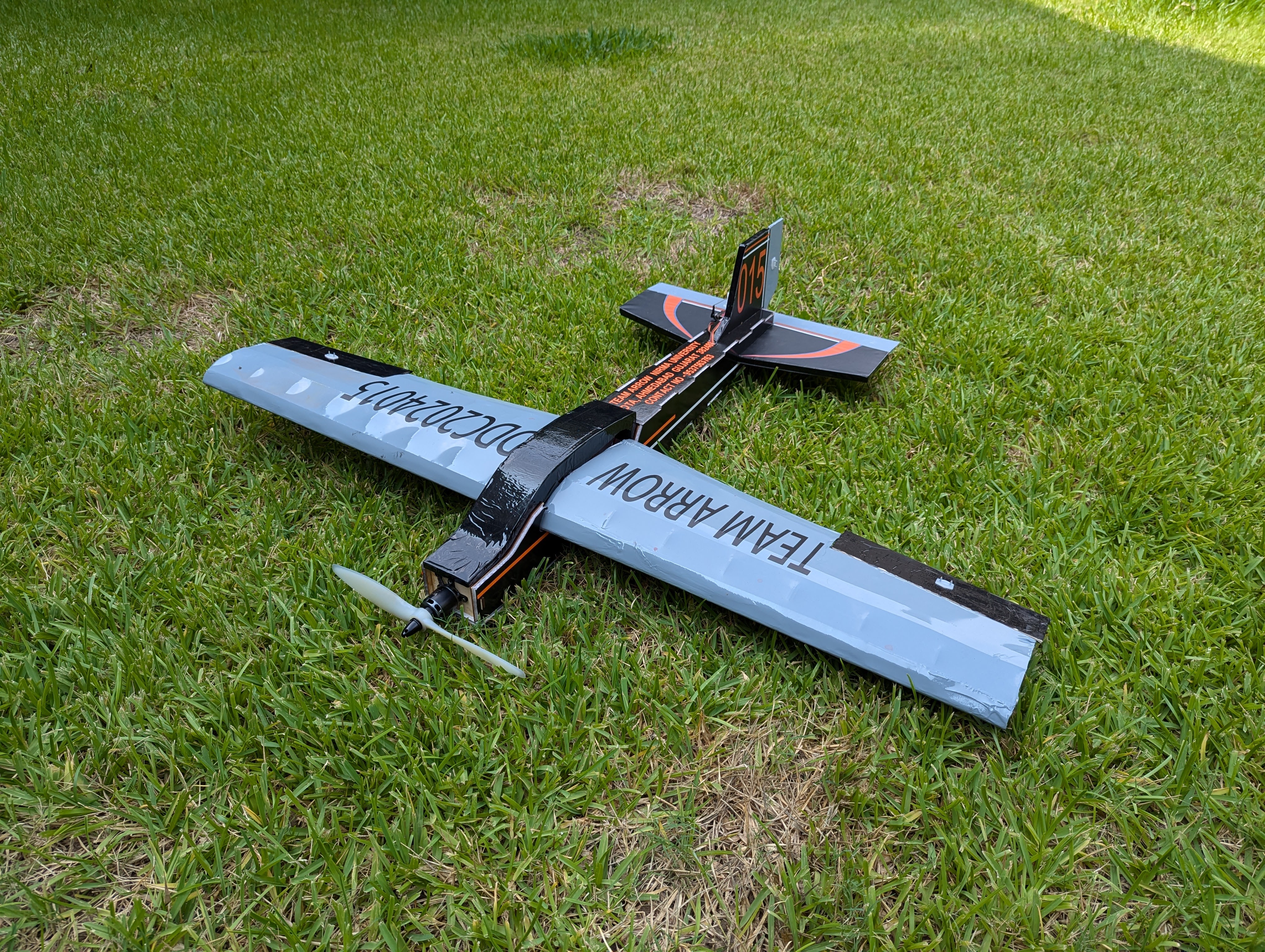
Drawing from past experiences, the team recognized the importance of precision piloting in maximizing UAV
performance during both testing and competition flights. To ensure flawless execution:
The team trained a dedicated pilot who thoroughly understood the UAV's flight dynamics and characteristics.
This decision ensured consistent and error-free piloting, preventing setbacks due to human error and
enabling the team to maximize flight efficiency during development and competition.
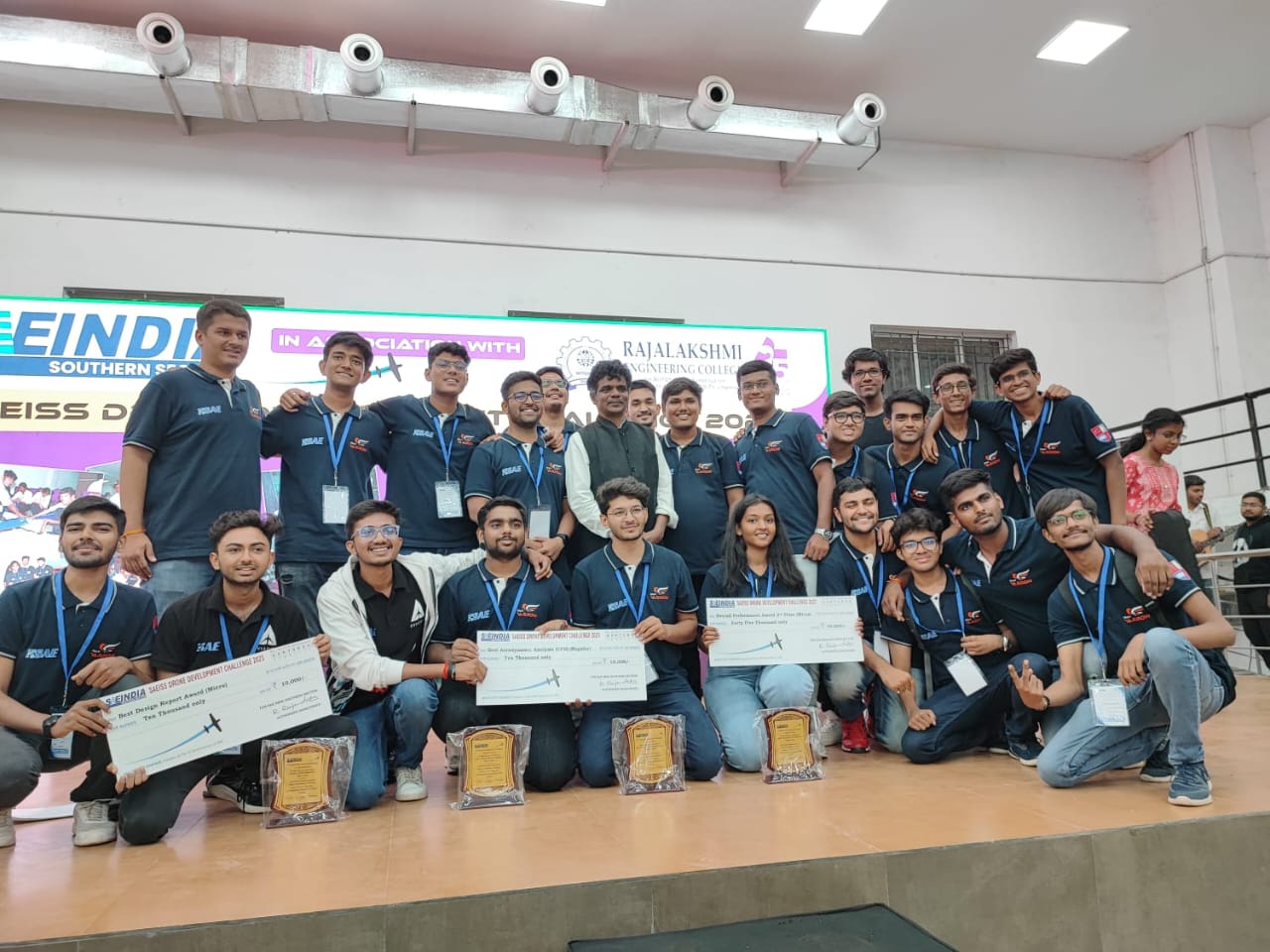
The DDC-Micro 2024 project was a testament to Team Arrow's dedication to continuous innovation and
optimization. The team successfully:
- Reduced the UAV's empty weight by 30% through meticulous testing and iterative
improvements.
- Achieved a payload fraction of 0.72, significantly enhancing the UAV's carrying
capacity.
- Streamlined the manufacturing and repair processes, enabling increased test
flights and faster iterations.
- Developed and trained a dedicated pilot, ensuring precision and reliability
during competition.
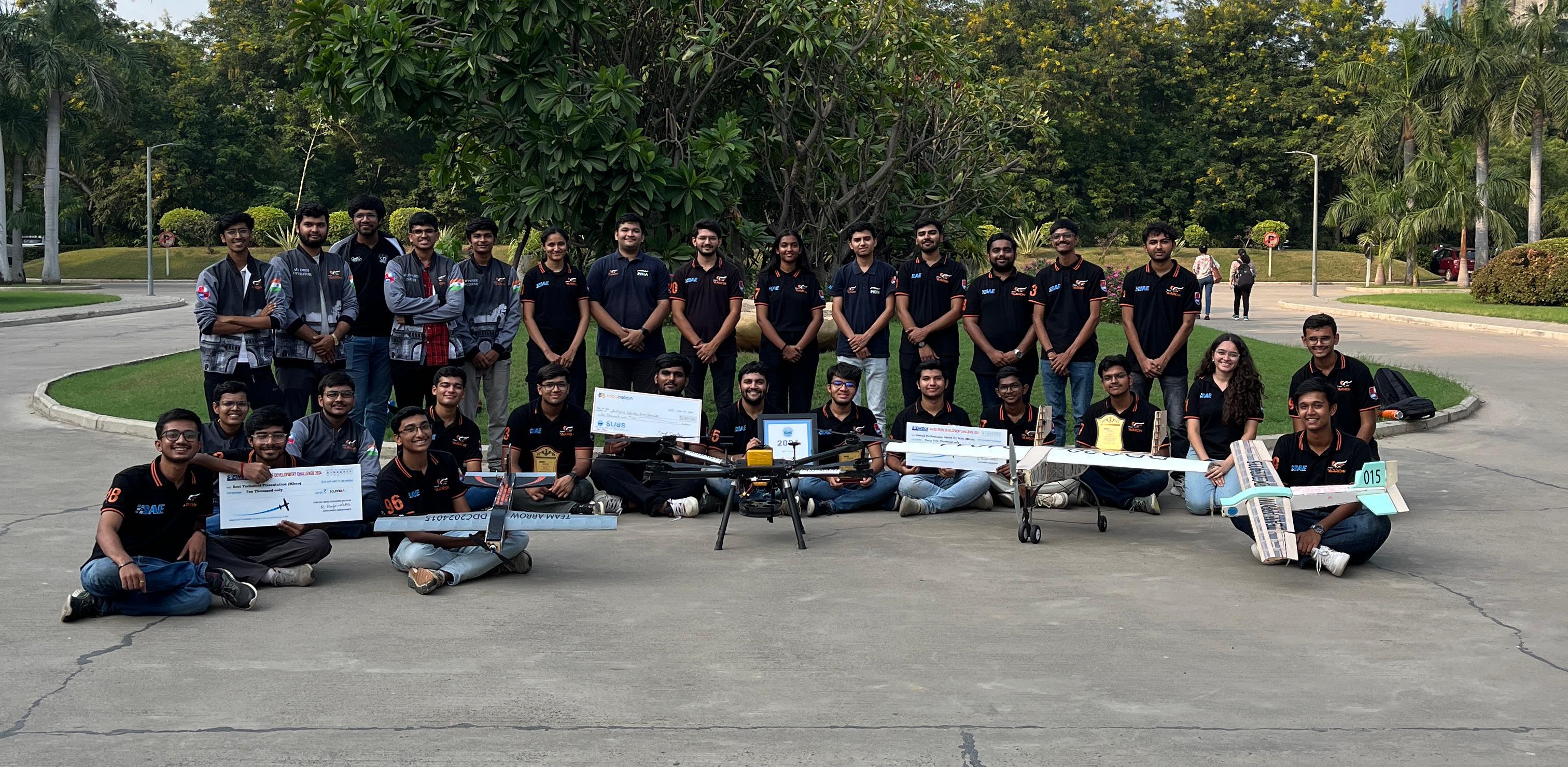
Team Arrow's DDC-Micro 2024 journey showcased their commitment to efficiency, performance, and innovation. By prioritizing weight optimization, structural simplicity, and continuous improvement, they successfully developed a high-performing UAV. The project highlighted the power of iterative testing, material selection, and pilot expertise in creating a competitive and reliable aerial platform.